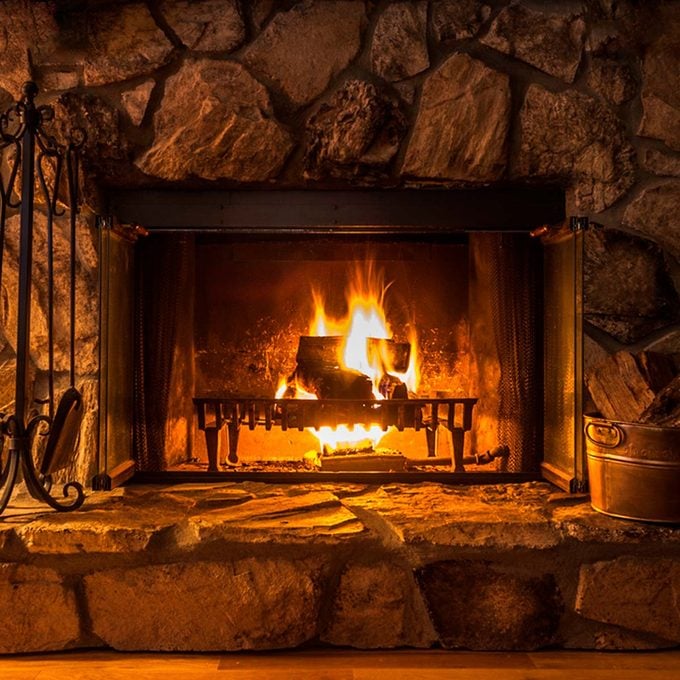How to Prevent Chimney Fires this Winter
Updated: Oct. 01, 2023
Here’s How To Avoid Chimney Fires this Winter

Mary Poppins Returns isn’t the only place you’ll see a chimney sweep turn up. They’re also regular visitors to homes with wood-burning fireplaces and wood stoves—or at least they should be for the sake of safety.
There are over 25,000 reported chimney fires a year in the U.S. While some sound like a low-flying jet and include flames shooting out the top of the chimney, others are slow-burning and go undetected until a chimney inspection uncovers damage. Chimney fires are dangerous, but they are preventable.
What causes chimney fires?
Creosote buildup in the flue that lines the chimney. Creosote is a highly flammable black or dark brown residue that is a by-product of combustion. This substance can be crusty, tar-like, sticky or hardened. If there’s enough of it—and the internal flue temperature is high enough or sparks or flames reach it—a chimney fire can start.
How to prevent chimney fires:
- Have your chimney cleaned and inspected at least once a year. If you’re using it daily, like a wood stove for heating, multiple cleanings will be needed each year. A chimney cleaning runs between $125 and $250, depending on the type and condition of chimney.
- Burn “clean” fires. That means fires with more flame, less smoke. To get a clean fire, burn seasoned wood that has been drying for a year or more. Keep it under cover until use so it is dry when added to the firebox. Avoid burning evergreens—they tend to pop and spark more than hardwoods, creating a fire hazard.
- Keep the damper fully open. Restricted air supply from a partially closed damper adds to creosote buildup, according to the Chimney Safety Institute of America.
- Be smart about what you’re burning. Some people start their fires with rolled up newspaper logs. Avoid burning glossy pages, wrapping paper or cardboard, which may release nasty chemicals. Never put paper on top of a fire; feed it under the grate so burning fragments don’t rise up the flue and cause a chimney fire.